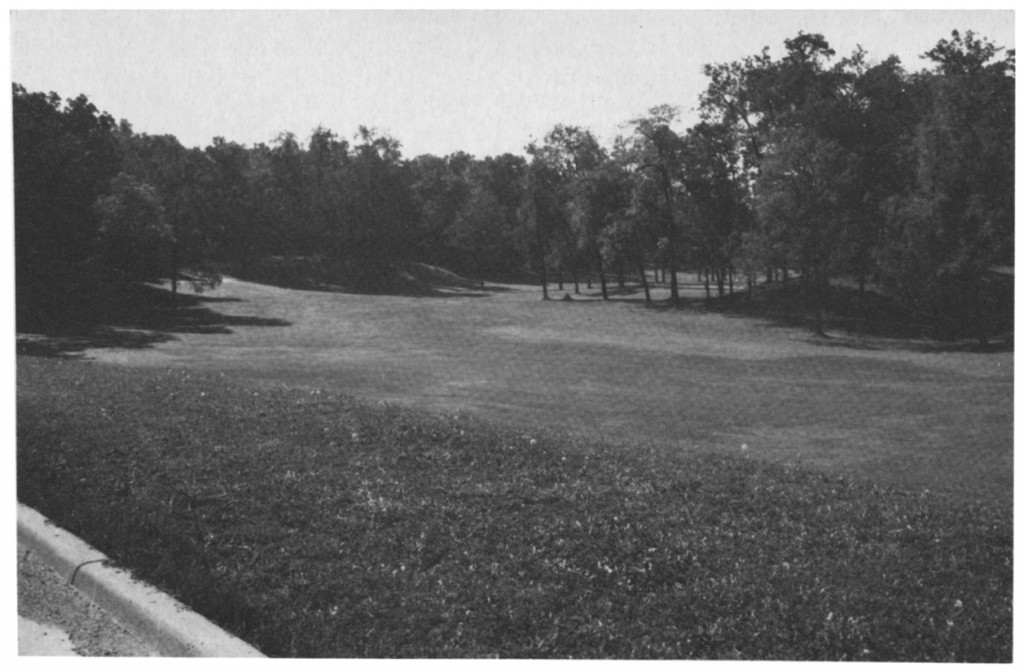To get a better idea of which type of landscapes and sound have the biggest effect on (experienced) relaxation explorative research is necessary. At the end of January I started the research trajectory for the project. This is a collaboration with students from the minor “Active ageing” from the Avans Hogeschool. The three students are: Simone van den Broek, Carlos Ramos Rodriguez and Denise Hereijgers. There is support from two teachers from Avans: Marleen Mares and Lowie van Doninck.
Both the students and I started on a literature study. The main questions being:
Which visual elements in a landscape and what landscape properties have the most effect on relaxation and heart rate variability?
Which nature sounds and sound properties have the most effect on relaxation and heart rate variability?
Which emotional, physical and cognitive aspects influence stress and relaxation in relation to nature and landscapes?
To get the students started I made a list of tags to search on: Environmental psychology, Stress, Arousal, Heartrate Variability (HRV), Heartrate coherence, Relaxation, Landscape Aesthetic Quality, View, Landscape preference, Environmental aesthetics, Restorative environments, Attention restoration theory (ART), Stress recovery, Sounds, Birdsong, Stress Recovery Theory (SRT), Skin Conductancy Level, Effortless attention, Soft fascination, Aesthetic, levels of complexity, pattern, depth, surface texture, mystery within an environment, acoustic properties of animal sounds: smoothness, intensity, pitch, biophilia.
There are a couple of authorities in this field: Roger Ulrich and Kaplan & Kaplan. They have done extensive research on visual landscape preferences and restorative properties of nature. While the students search was broader my main focus was on environmental psychology. There has been quite a lot of research on the effect of viewing landscapes and natural scenes versus urban scenes. A lot less research has gone into the effect of nature sounds on health and relaxation.

For me this was my first experience of reading scientific articles on one theme. Some of the findings conflict and I had a hard time combining the theories and findings into a coherent story. (A more official article will follow later.) One of the students suggested looking at the virtual aspect of the piece and how that influences the experience. I hadn’t thought of that so that was valuable input to explore. Most difficult is to draw the line at one point and start thinking about the actual experiment.
For our experiment we’ll be using sets of static images accompanied by existing nature sounds. Three sets of landscapes are based on preferred and fascinating aspects of landscapes as researched by Ulrich and Kaplan & Kaplan. One set of landscapes consists preferred landscape scenes but in the form of abstract paintings. A contrast set consists of neutral hospital interiors. For the sounds we have chosen different combinations of water and bird song sound. As a contrast we’ll be using sounds from a hospital ward. More about the actual experiment design and consideration in the next blog.